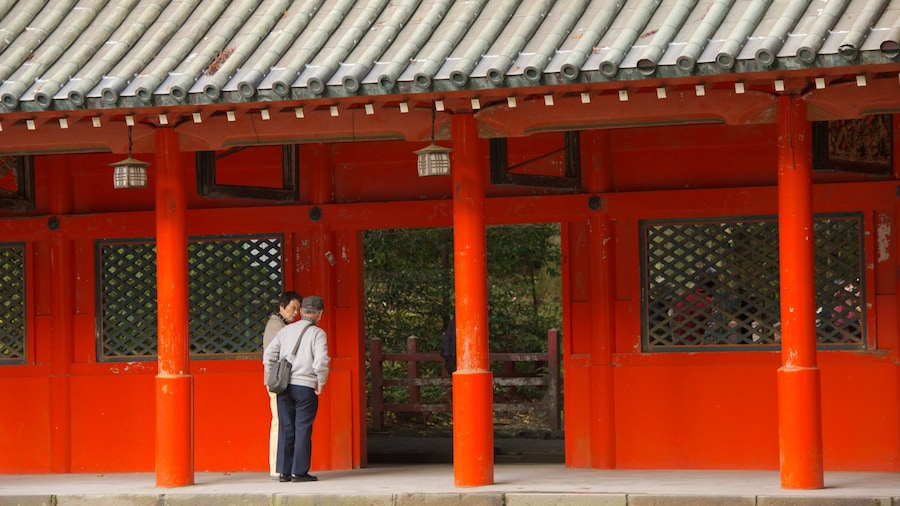箱根関所資料館 ツアーとアクティビティ
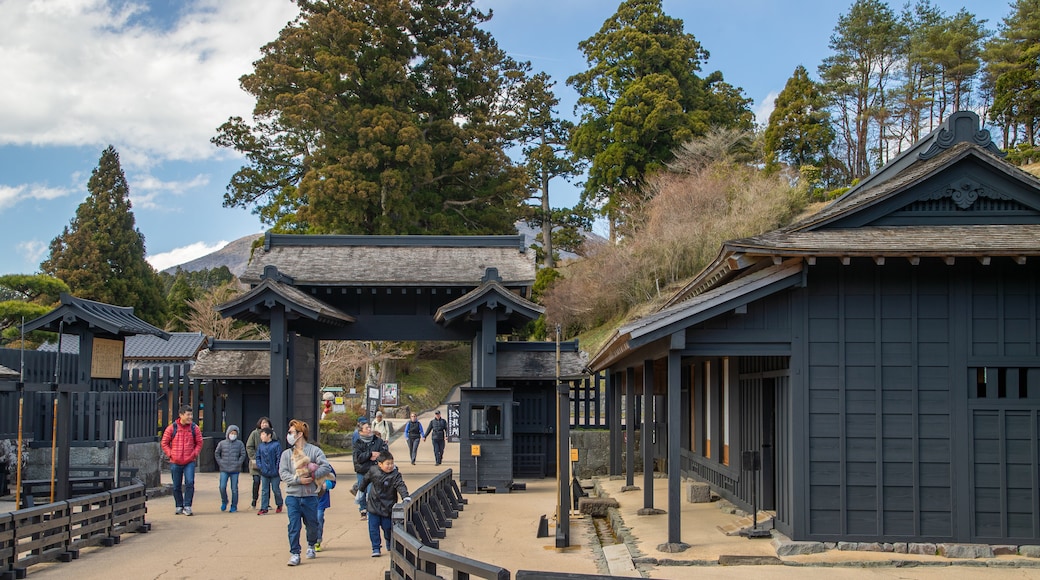

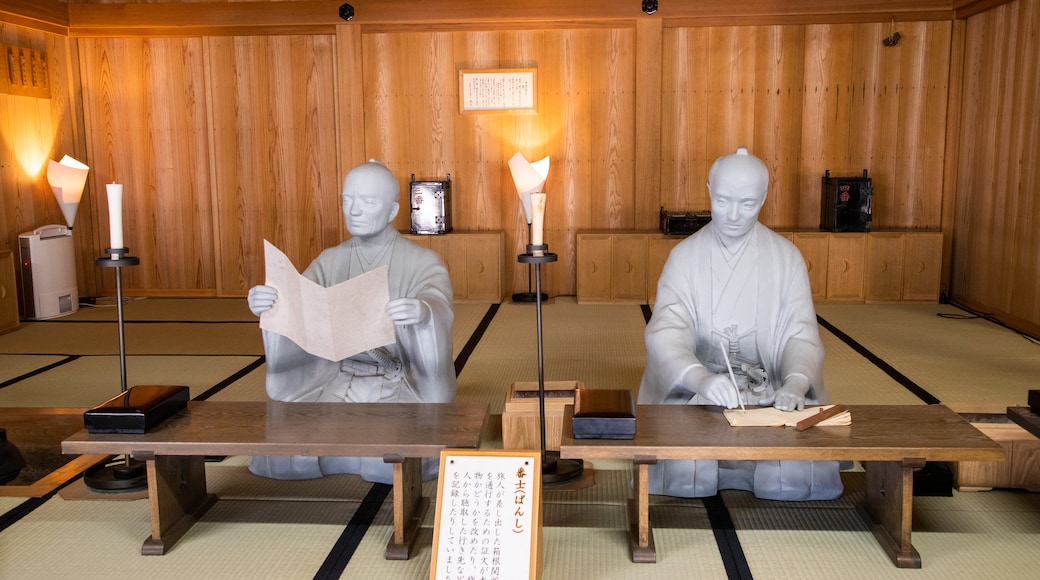

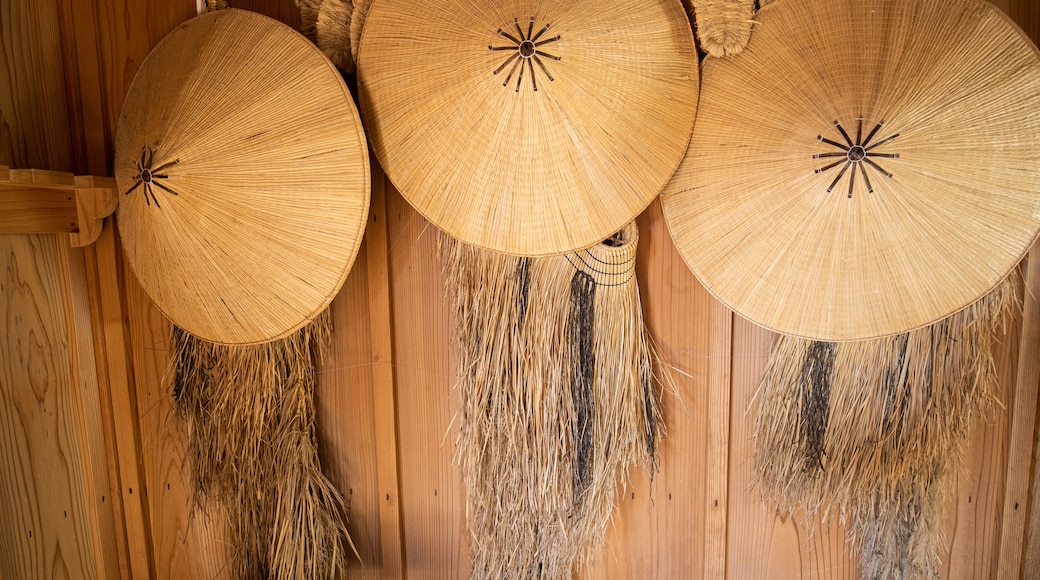
箱根関所資料館への旅行
箱根関所資料館探訪旅行を計画
過去 48 時間以内に見つかった料金です。クリックして最新の料金をご確認ください。
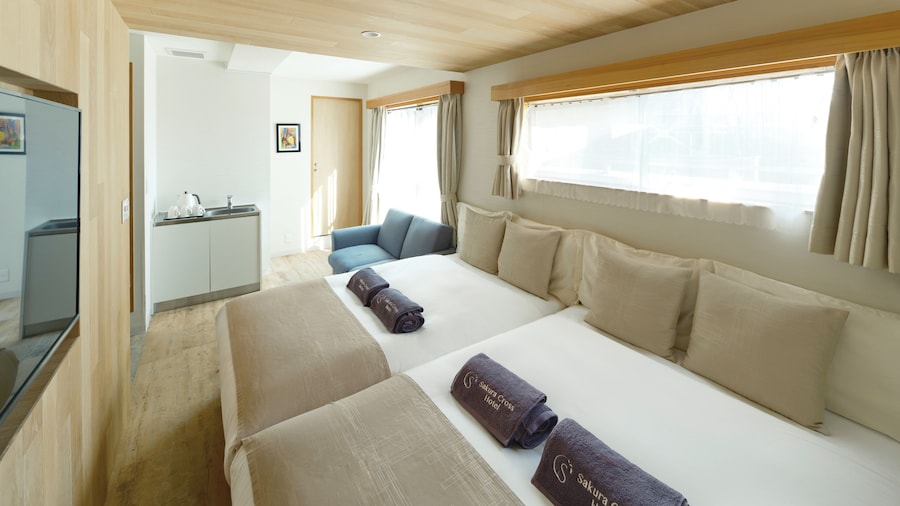

人気の観光スポット

成川美術館
箱根訪問中には、成川美術館の貴重な展示品を見学しながら、充実したひと時を過ごせること間違いありません。 さらにこの文化的なエリアでは、湖畔を散策することも温泉を堪能することもできます。

箱根園水族館
箱根旅行中には、家族連れで箱根園水族館に出かけ、数々の海洋生物を観察しましょう。 さらにこのリラックスできるエリアでは、湖畔を散策し、温泉を堪能して思い出に残るひと時を過ごしてください。
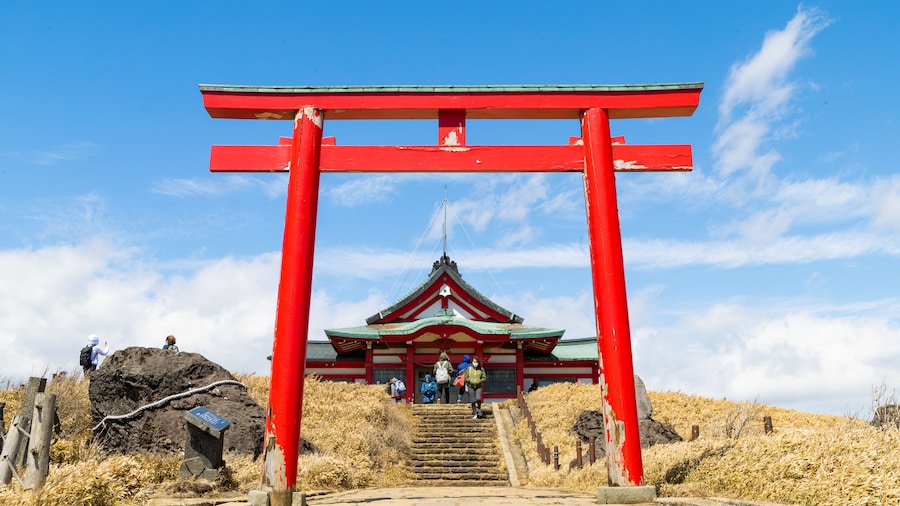
箱根駒ヶ岳ロープウェー
箱根駒ヶ岳ロープウェーを訪れるなら、箱根の郷土史について知識を深めましょう。 さらにこのリラックスできるエリアでは、湖畔を散策することも山の眺望を堪能することもできます。
箱根関所資料館周辺のおすすめホテル

Rakuten STAY FUJIMI TERRACE 箱根芦ノ湖
箱根町元箱根三ツ谷 2-2, 足柄下郡箱根町元箱根, 足柄下郡, 神奈川県

箱根ホテル
箱根町箱根 65, 足柄下郡, 神奈川県
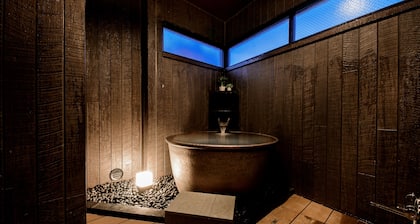
花の湖・梅桃桜
箱根町箱根 188-1, 足柄下郡, 神奈川県
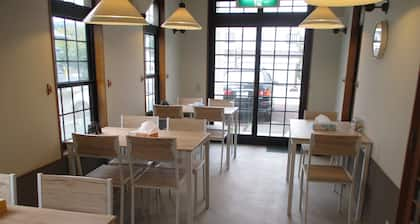
ジェムスティーイン箱根芦ノ湖
箱根町箱根 164-1, 足柄下郡, 神奈川県
匠の宿 佳松
Hakone, Hakone-machi,, Ashigarashimo-gun, 521, Hakone, Kanagawa Prefecture
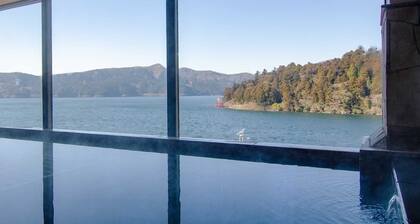
雅・芦ノ湖 箱根別荘 / 足柄下郡 神奈川県
Ashigarashimo-gun, Kanagawa

箱根芦ノ湖レイクサイドリゾート
箱根町箱根 294, 足柄下郡, 神奈川県

箱根・芦ノ湖畔 山のホテル
箱根町元箱根 80, 足柄下郡, 神奈川県
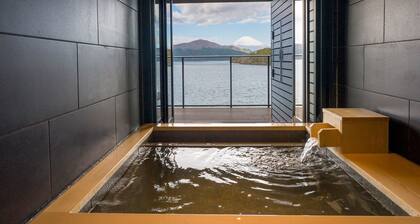
Rakuten STAY FUJIMI TERRACE 箱根芦ノ湖 2ダブルベッド+ソファ / 足柄下郡 神奈川県
Ashigarashimogun, Kanagawa
表示料金は、過去 24 時間における 1 泊大人 2 名利用時の最低価格です。料金および空室状況は変動する場合があります。別途、利用規約が適用される場合があります。
エクスペディアで世界の旅へ
エクスペディアで世界の旅へ
* 個別に予約した同じコンポーネントの価格と比較した、パッケージ予約に基づく割引額。すべてのパッケージで割引を利用できるわけではありません。航空券+ホテル予約で航空券が最大全額OFF - 割引額は、すべての割引とリワードが適用される前の、航空券 + ホテルのセット料金と、航空券とホテルを個別に予約した場合の料金との比較に基づきます。セット予約の割引額は、最大で航空券全額に相当します。割引額は、出発地 / 目的地、宿泊数、宿泊期間、旅行サービス業者によって変動します。すべての航空券 + ホテルのセット予約に割引が適用されるわけではありません。

